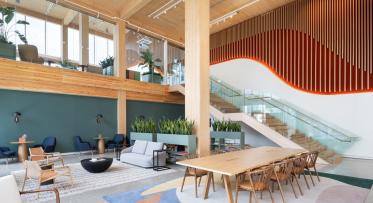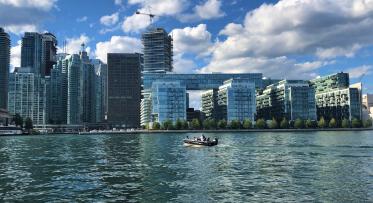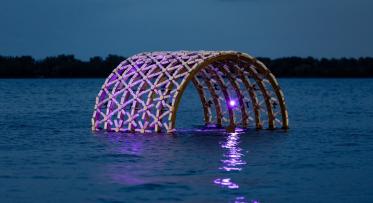CSRSR Profile Series: Inclusive Communities
Toronto Community Housing is just one of several affordable housing properties located in the West Don Lands.
POSTED: APRIL 3, 2019 I PARKS AND PUBLIC SPACES I DESIGN
BY: EMMA LOEWEN
Today in the fourth installment of our 2017 CSRSR Profile Series, we will be looking at how Waterfront Toronto creates inclusive communities.
A key tenant of an inclusive neighborhood is a strong commitment to affordability. This helps to ensure that families and residents of all income levels can live and actively participate in the community. As part of our mandate, we require that 20% of all residential units built in our communities be affordable rentals. To date, we’ve constructed 496 affordable units in the West Don Lands and 80 units in the East Bayfront neighborhood. We're also planning to build an additional 1,000 future affordable units in these neighbourhoods.
However, affordability is only one component of an inclusive neighborhood. An accessible public realm is equally as important because it ensures that people of all ages and abilities can enjoy public spaces like trails, parks, and promenades. Providing play structures, skateboard parks, dispersed seating and ample lighting are just a few of the ways we make sure that visitors and residents of all ages can enjoy our parks and public spaces. We also ensure that every public space is built according to the Access for Ontarians with Disabilities Act (AODA), so that everyone can access these spaces, regardless of ability.
 Image of an accessible playground at Corktown Common.
Image of an accessible playground at Corktown Common.
To ensure that the communities we build meet the needs of Toronto residents, we regularly engage residents in variety of consultation initiatives. At Waterfront Toronto, we’ve established a reputation for being a leader in effective communication and meaningful community engagement – ensuring that the priorities of the community are heard and incorporated into our plans. Between 2006 and 2017, we held 324 public and stakeholder meetings, engaged over 15,000 stakeholders directly, and responded to approximately 4,000 email and phone inquiries each year.
We also feel it’s important to promote training and employment opportunities to unemployed or underemployed residents throughout the development process. Through our Waterfront Toronto Employment Initiative, many of our development partners, contractors and consultants inform us of upcoming opportunities that could benefit local job-seekers. So far, the program has included networking events, community outreach and the creation of a database of qualified candidates – which has placed dozens of local residents in new jobs, including within our own organization.

Lastly, we also ensure that the waterfront is a key part of the public realm by providing residents and visitors with safe and easy access to the water’s edge. To date, we’ve created over 13 kilometers of trails and promenades in key areas along the waterfront.
In our fifth and final installment of the CSRSR Profile Series, we’ll dive into some of the economic impacts of Waterfront Toronto’s work…




